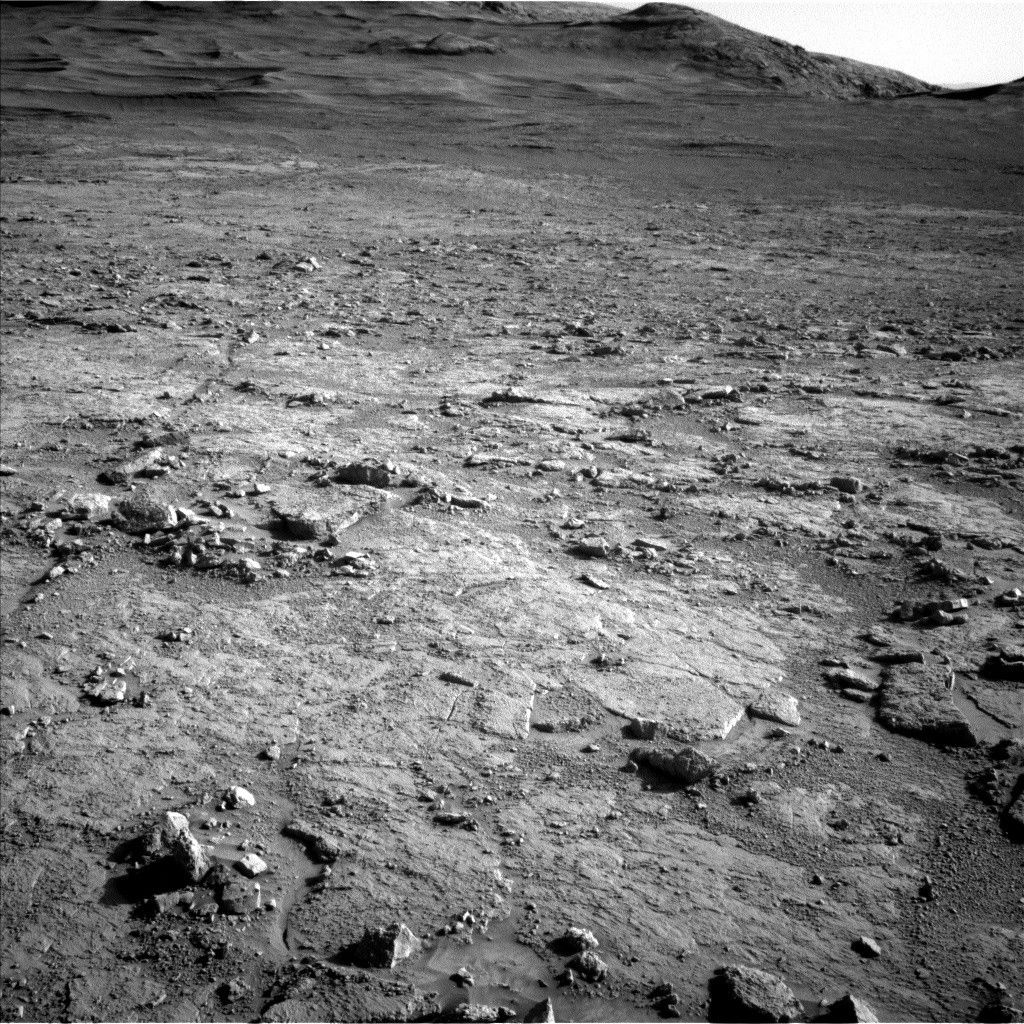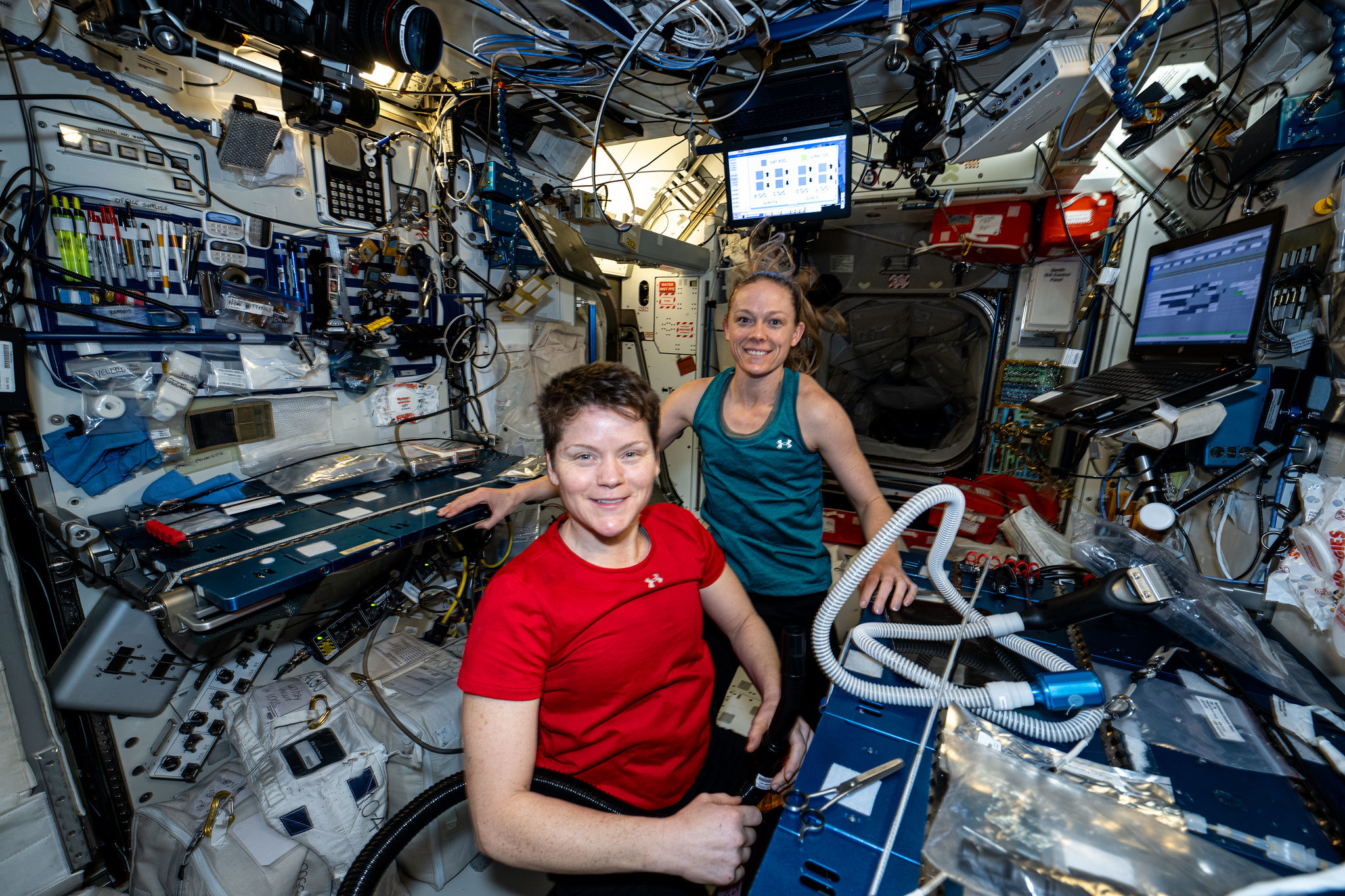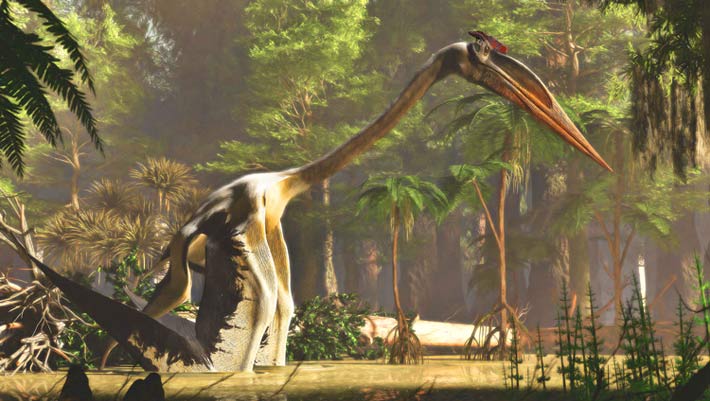Now Reading: Curiosity Rover Explores Uyuni Quad: Highlights from Sols 4573-4574
-
01
Curiosity Rover Explores Uyuni Quad: Highlights from Sols 4573-4574
Curiosity Rover Explores Uyuni Quad: Highlights from Sols 4573-4574

Quick Summary
- Mission Progress: NASA’s Mars rover Curiosity successfully completed activities at the “Altadena” drill site and embarked on a new journey, covering approximately 48 meters (157 feet), entering a new mapping quadrangle.
- Mapping Quadrangles: The exploration area is divided into 1.5 km x 1.5 km quads named after towns with populations under 100,000. The current quad is named “Uyuni,” inspired by Uyuni,Bolivia’s salt flats,marking Curiosity’s study of drier depositional environments on Mount Sharp.
- Scientific Objectives:
– Contact Science: Analysis of nodular bedrock target “Flamingo” with APXS and MAHLI instruments for chemistry and texture data.
– Remote Sensing: Mastcam mosaics capturing geological features (“Los patos,” La Lava”), ChemCam observations on local targets like “Tacos,” and long-distance imaging of sedimentary structures at “Mishe Mokwa.”
– Atmospheric Monitoring: Navcam activities to observe clouds and dust dynamics in the Martian atmosphere.
- Planned Drive Distance: About 56 meters (184 feet) to explore additional features in the quad.
For detailed updates Read More.
Indian Opinion Analysis
The Mars rover Curiosity’s progress into the Uyuni quad demonstrates humanity’s persistent endeavor to unravel Mars’ geological past. India has actively contributed to planetary exploration through its flagship missions like Mangalyaan; observing developments from other agencies can provide valuable insights for future collaborations or innovation.
From an Indian outlook, there are lessons here in advancing tools for surface chemistry analysis or atmospheric monitoring-areas relevant for ISRO’s expanding Mars research ambitions. As global efforts deepen focus on understanding extreme environments-both terrestrial analogs such as Atacama Desert referenced by NASA’s team or entirely alien ecosystems-India too can invest in cultivating cross-disciplinary expertise that blends geology with astrobiology.
These findings emphasize strategic international partnerships as key enablers for meaningful scientific outcomes stretching beyond Earth.























